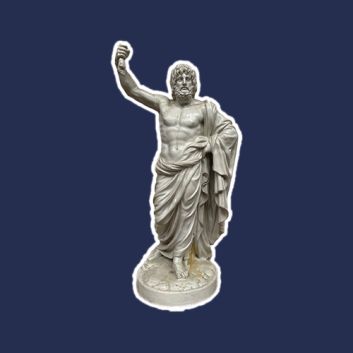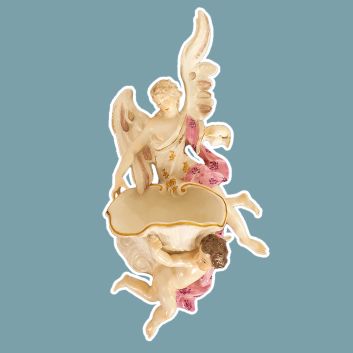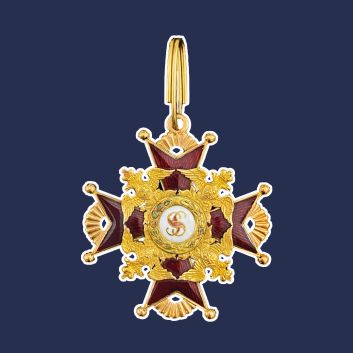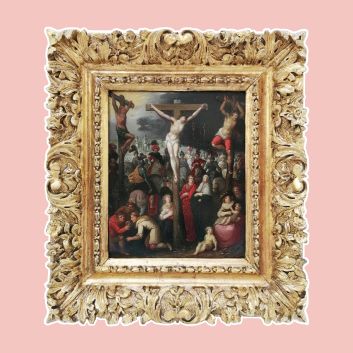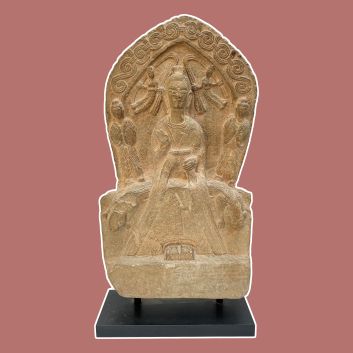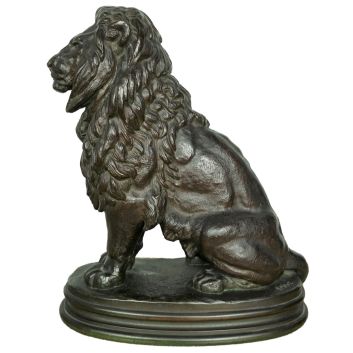Cote et valeur des icônes, tempera sur bois orthodoxes
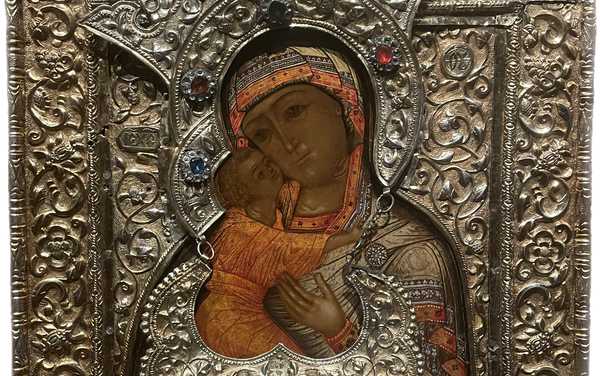
If you own an Orthodox icon, and would like to know its value, our state-approved experts and auctioneers will offer you their appraisal services. Our specialists will carry out a free appraisal of your work, and provide you with a precise estimate of its value on today's market. Then, if you wish to sell your work, we will guide you towards the best possible arrangement to obtain the optimum price.
Rating and value of Orthodox icons
Orthodox icons are highly prized on the auction market, whatever the period. Today, prices for these works are reaching unprecedented heights under auctioneers' gavels. They are particularly prized by Orthodox buyers. The price at which they sell on the art market ranges from €20 to €5,760 - a considerable delta, but one that speaks volumes about the value that can be attributed to Orthodox icons. In 2023, a tempera on wood depicting the feasts of the Orthodox lithurgical year sold for €5,760, whereas its estimate was between €300 and €400.
Order of value from a simple work to the most prestigious
Icon type | Results |
|---|---|
Hanging icons | From €40 to €375 |
Virgin and Child Icon | From €110 to €500 |
Greek icon | From €80 to €1,400 |
Icon of Christ | From €100 to €2,360 |
Icon with Riza | From €20 to €2,800 |
Orthodox feast day icon | From €90 to €5,760 |
Response in less than 24h
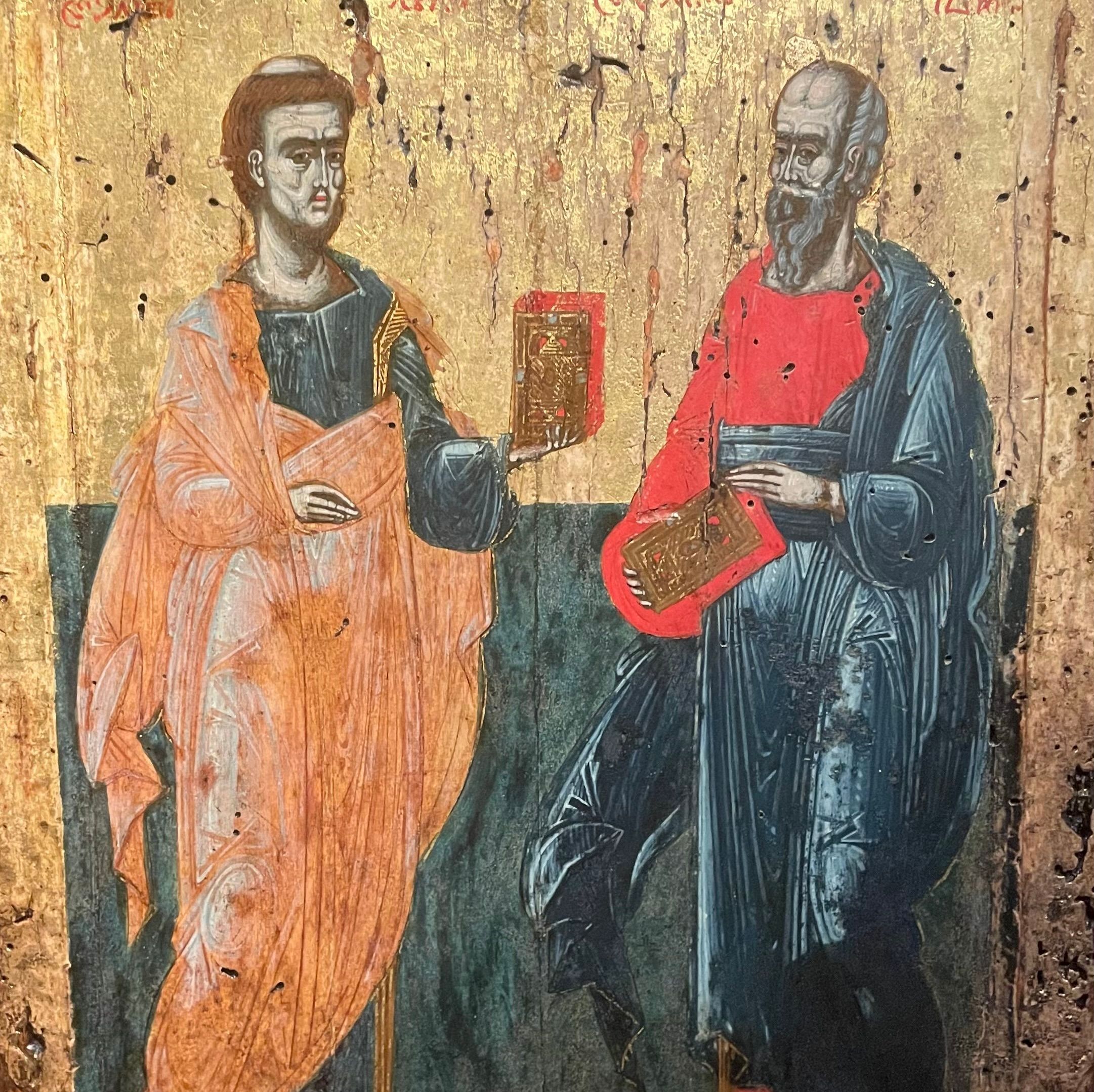
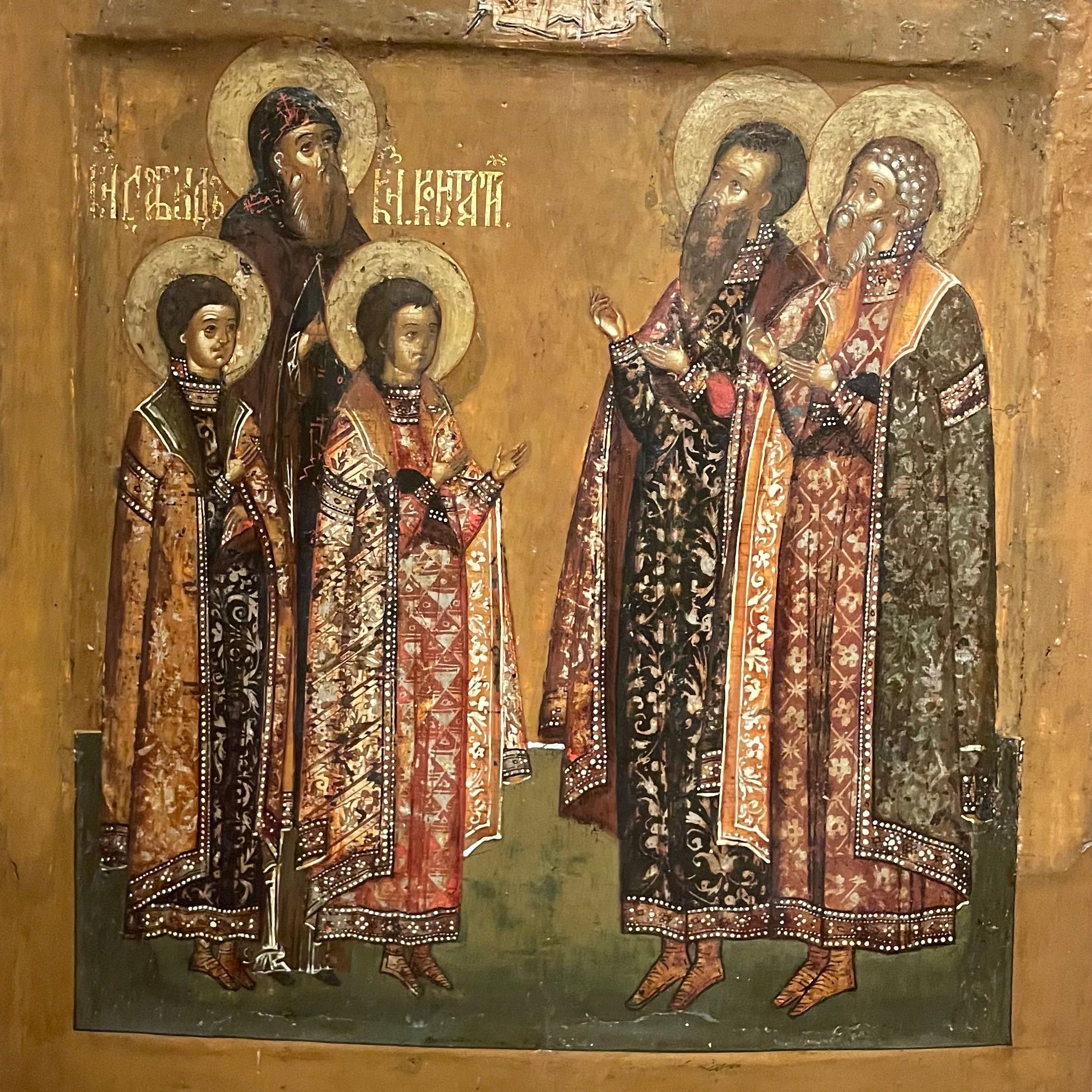
Defining an Orthodox icon
An icon(eikon in ancient Greek, meaning image) is a representation of the saints in the Christian religion. Catholic and Orthodox Christians use these representations to visualize key moments in the Bible and its characters. Protestants have no images. Orthodox icons are particularly famous, as Catholics use stained-glass windows and paintings to decorate their buildings. These Orthodox icons are mostly painted in tempera on wood, the term " tempera painting" referring only to the composition of the paint used.
Origins and history
Very early on, religious icons were subject to strict stylistic constraints. The subjects depicted and the colors used were regulated. Among the Orthodox, veneration of icons is as important as lectio divina, the interpretation of biblical texts.
Icons were heavily influenced by Byzantine art, even as the Orthodox faith spread to Russia. The term icon has evolved over the centuries, originally referring to any religious image, regardless of the technique used. Thus, mosaics could be icons. Today, the term covers only the technique of tempera painting on wood, whether for private or public use in a church. An altarpiece or the panels of a triptych can therefore be described as icons.
The primary historical origin of icons can be traced back to the catacombs of Rome, the subterranean burial grounds where remains were preserved in Antiquity and the Middle Ages. From the time of the Roman Emperor Constantine, icons became increasingly widespread, depicting mostly saints. Constantinople became the production center for these works of art in the Middle Ages.
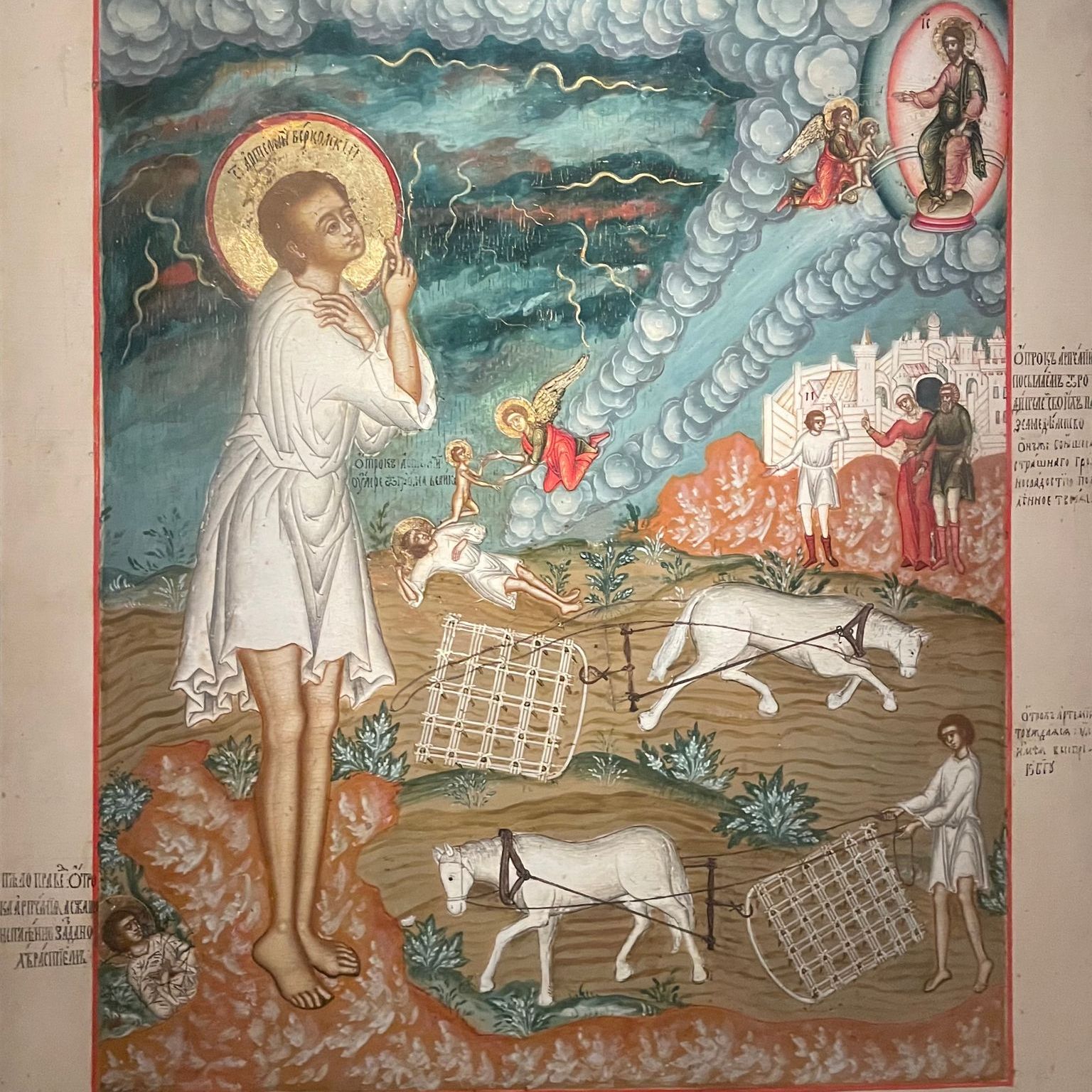
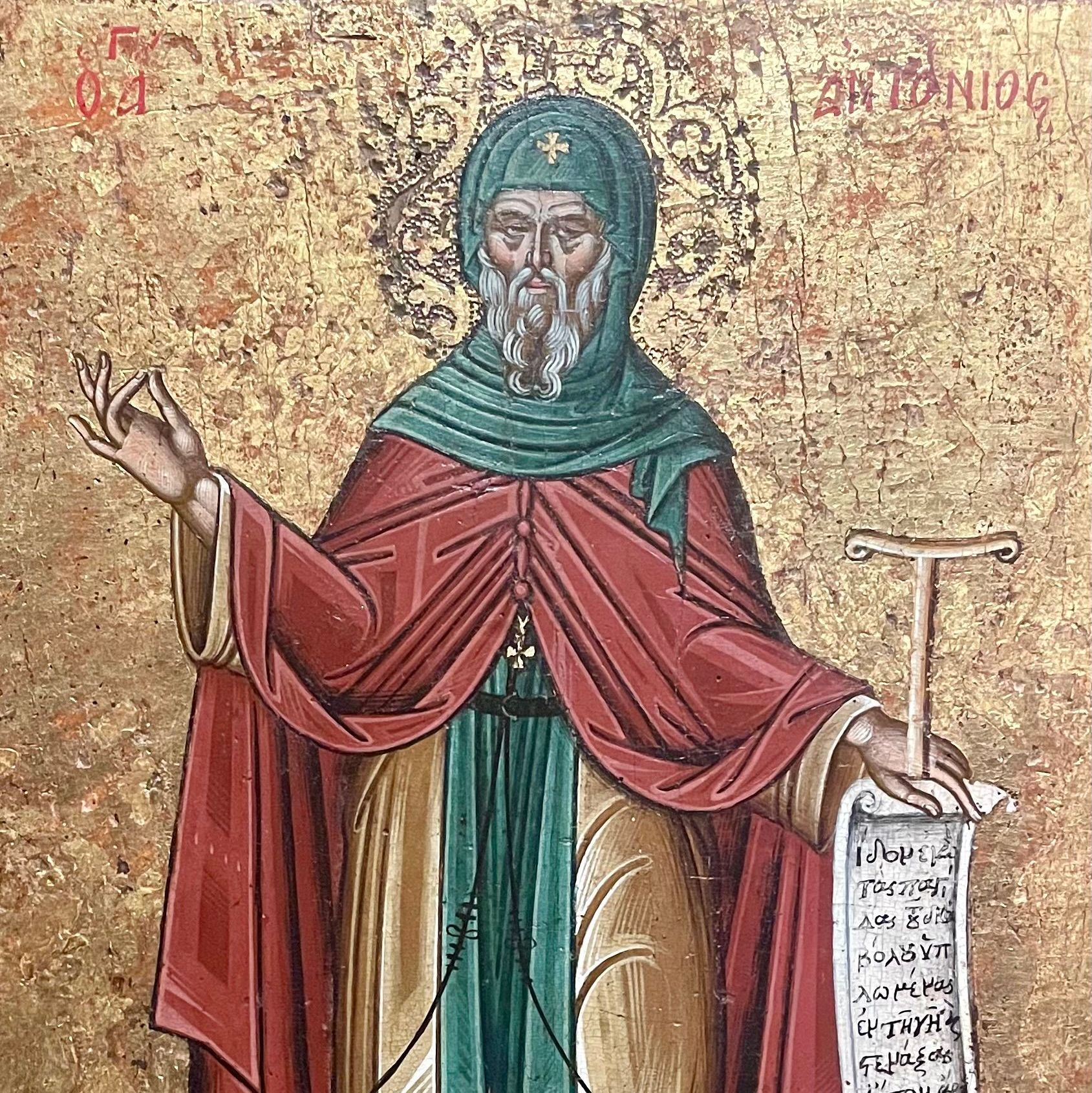
The icons most present in Orthodox tradition
Today, and since the Middle Ages, certain icons have become very popular. These include those of the Mother of God. They differ from the iconography of the Virgin and Child, and some are attributed directly to Saint Luke, author of the former. He is said to have produced several during his lifetime, representing the Virgin Hodigitria, meaning Virgin showing the way. The Virgin of Vladimir, traditionally featured in Russian icons, is also attributed to Saint Luke.
Naturally, there are also many icons of Christ, intended for public or private devotion.
Over time, some icons acquired the function of a reliquary, in which case they were made with a base to contain the remains of a saint or an item that had belonged to a saint.
Later, icons from the calendar of Orthodox liturgical feasts appeared, and today are the most sought-after works at auction.
The Riza, a special feature of Orthodox icons
Riza are frames, bronzes sculpted in relief to be placed on the tempera panel on wood, covering, depending on the icon, the figure or figures depicted. The presence of a Riza on an icon can considerably increase its value.
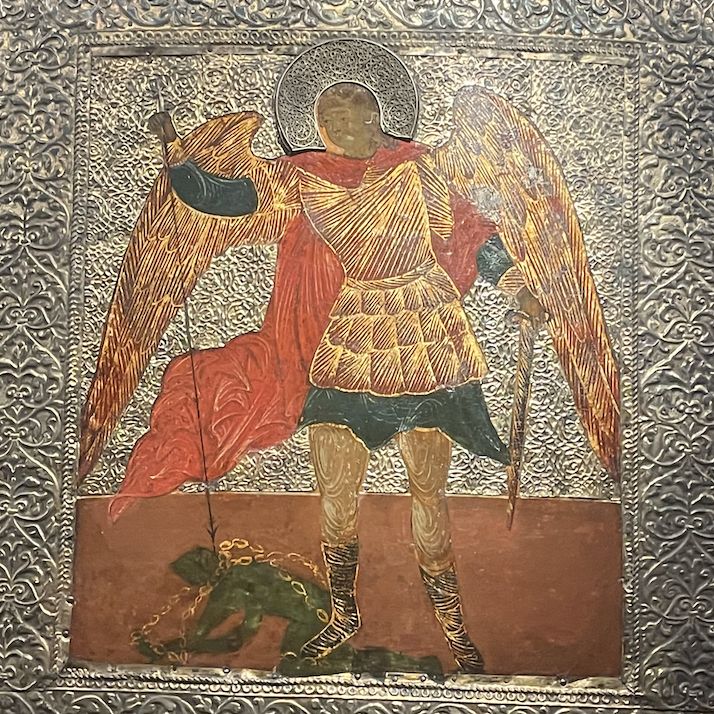

Their current value on the auction market
Icons have a high, stable price on the art market and are sought after by bidders. Their value can vary according to their state of preservation, date and subject.
Date your icon
It is possible to give an order of magnitude for the date of the icon, depending on its condition and the material of the frame, if there is a Riza. The state of conservation of your object and the study of pictorial techniques will be carried out beforehand to determine the most precise date possible.
Knowing the value of a work
If you happen to own an Orthodox icon, or think your object might be one, don't hesitate to request a free appraisal using the form on our website. A member of our team of experts and certified auctioneers will contact you promptly to provide you with an estimate of the market value of your work, as well as any relevant information about it. If you wish to sell your work of art, our specialists will also be on hand to offer you alternatives for selling it at the best possible price, taking into account market trends.
Response in less than 24h
Related topics
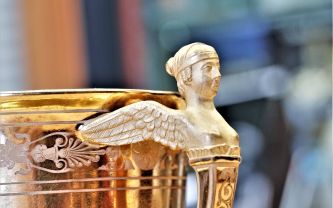
Dihl et Guérhard, the value of porcelain from the Manufacture d...
The Dilh et Guérhard manufactory, less well known than Sèvres, is nevertheless very much in demand on the auction market. Estimate in less than 24h.
Read more >
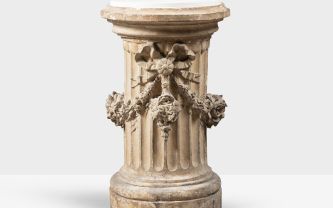
Get an estimate for your display columns and fifth wheels
Presentation columns are an aesthetically coherent way of showcasing a work of art. Their value varies, so get them appraised!
Read more >

Rating and value of Movado watches and chronographs
The Movado company, which mainly manufactures watches, is very successful on the auction market. Their value is on the rise.
Read more >
Secure site, anonymity preserved
State-approved auctioneer and expert
Free, certified estimates
